Miles Zentner, piccolo player of the Los Angeles Philharmonic for many years, has died at 77 in Sherman Oaks, Cal.
He was also the maker of highly sought-after Zentner piccolos (pictured). Miles retired from the orchestra in 1999.
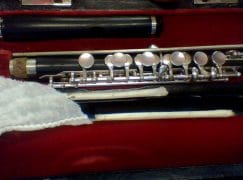
Miles Zentner, piccolo player of the Los Angeles Philharmonic for many years, has died at 77 in Sherman Oaks, Cal.
He was also the maker of highly sought-after Zentner piccolos (pictured). Miles retired from the orchestra in 1999.

The independent British label has inked a multi-album deal with Ivan Ilic, the Paris-based, Serbian-American pianist, an eclectic artist with strong affinities to Leopold Godowsky and Morton Feldman.
He will open with the 19th century Czech composer, Antoine Reicha.
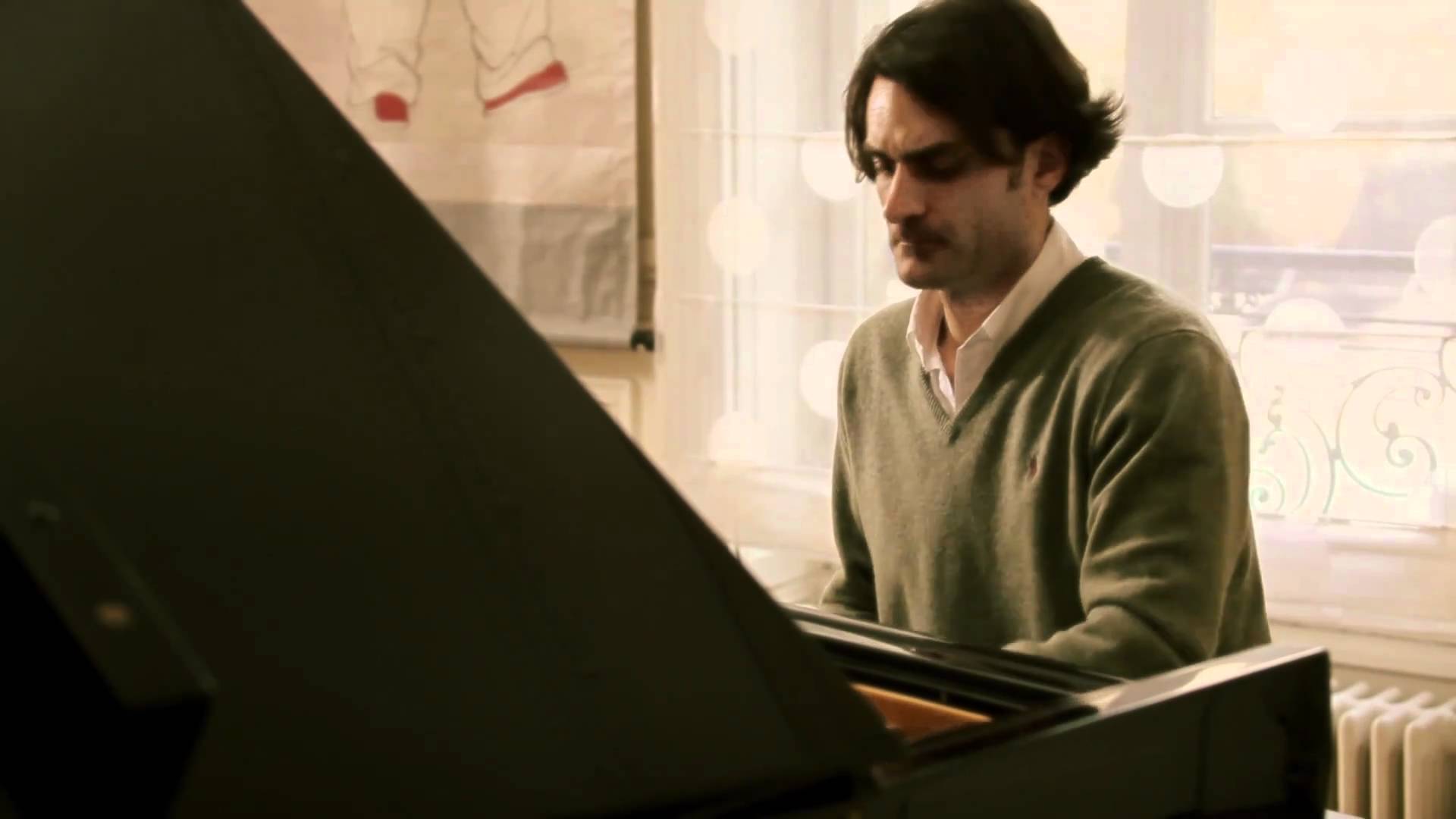
There will be no funeral for the great photographer, at his request. A celebration of his life will be announced soon.
Lebrecht Music&Arts have put out the following obituary:
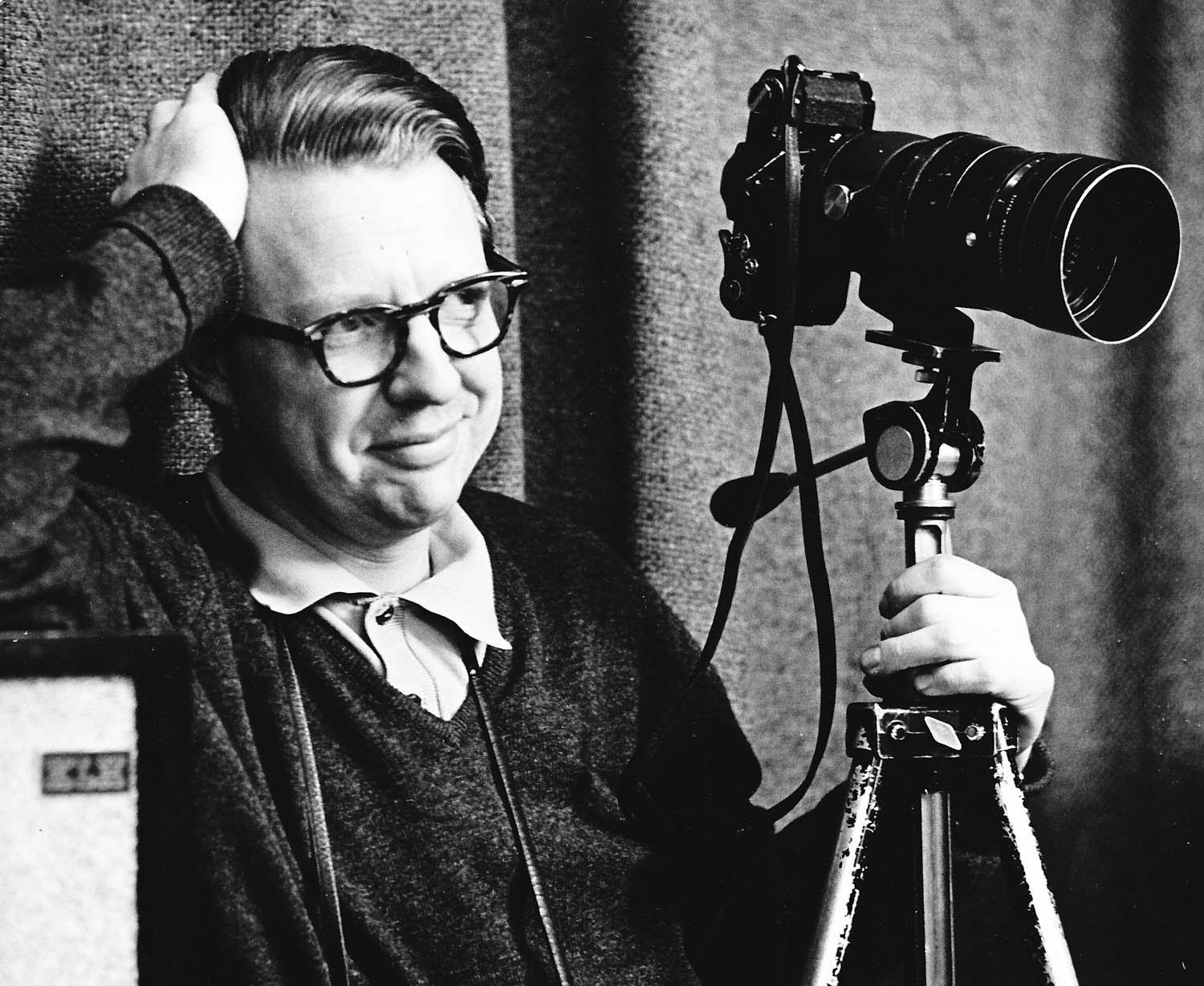
We are so sad to announce the death of Don Hunstein after a long illness. Lebrecht represented him for many years, and we were always impressed by his humility and gentle approach. Don Hunstein’s iconic photographs have become symbols of an era. In the history of music photography, Don’s work during his 30 years at Columbia records was unsurpassed in its scope and breadth. Through his subtle humour and quiet nature, he was able to record many great moments in rock, jazz and classical music history – the young Bob Dylan starting out on his meteoric career and the famous cover for The Freewheelin’ Bob Dylan, Miles Davis recording Kind of Blue, Johnny Cash performing and at home on his ranch, Willie Nelson, Thelonious Monk at the piano, Billy Joel, Simon and Garfunkel in 1966, Billie Holiday recording in the studio in 1957, Johnny Mathis in 1960, Muhammad Ali recording his I am the Greatest album, to name a few. On the classical side his subjects included Glenn Gould at the piano, Rudolf Serkin, André Previn, Midori, Pablo Casals, Isaac Stern, Leonard Bernstein, the young Yo-Yo Ma, Yehudi Menuhin, Lotte Lenya in the 1950s, Aaron Copland, Philip Glass, Bruno Walter conducting, and Dmitri Shostakovich. His photographs documented a rare era when musicians spent time on their art, rather than their publicity.
On one of Don’s visits to England, he agreed to be interviewed by Norman Lebrecht at our annual summer party. It was a beautiful summer’s evening and we still remember Don’s soft voice describing the performers and musicians he had worked with and how he approached his craft. It is still a very good memory for all of us who were there.
Don Hunstein grew up in St. Louis, MO and attended Washington University, graduating in 1950 with a degree in English. After college he enlisted in the US Air Force and was stationed in Fairford, England, and assigned a desk job. It was this assignment that allowed him to travel around Europe. He began photographing casually, taking pictures to send home to his family, and then with the help of a Leica M3, and inspired by a book of Henri Cartier Bresson’s work, his hobby began to take him on a lifelong path. After a year in Fairford, Don was transferred to a base outside of London. There he joined a local camera club and took evening classes at London’s Central School of Art and Design, becoming influenced by the artists and designers he met there.
He returned to the States in 1954, ending up in New York City, where he eventually landed an apprenticeship in a commercial photography studio. There he honed his photography skills by mastering large format cameras and lighting. At the time, photography was, as Don put it, “not a glamorous profession,” but he didn’t have a pull in any other vocational direction and it satisfied his creative side. As chance connections were made, he soon met and became mentored by Deborah Ishlon, who worked in the publicity department at Columbia Records. She offered him a job helping her run the photo library there and supplying prints to the press. As he began to take his own photos for the company, they recognized his talent, and he gradually worked his way into the position of Director of Photography for CBS Records.
Don’s most notable role was as chief staff photographer for Columbia Records during the heyday of rock and roll, jazz and classical music. Fortunately for Don, this was a time when the company was under the direction of Goddard Lieberson, who thought it important to document in photographs the cultural history of the music of their time. He had the opportunity to do far more than album covers and publicity shots, covering recording sessions and even visiting performers on their home turf. Don had the ability to listen with his camera. Instinctively he understood that to capture artists at their best moments, patience, trust and humility were needed. This ability to set both newcomers and experienced stars at ease in his presence is evident in his photographs.
We send our condolences to his family.
1928 – 18 March 2017
The attack on Westminster Bridge has prompted the South Bank Centre to call off all today’s performances, including the London Philharmonic concert at the RFH.
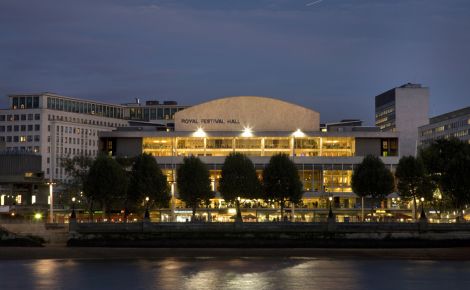
At least one person has died, others are seriously injured.
We also hear that St John’s Smith Square has decided to close as police are advising the public to avoid the area. Tonight’s Classical Opera performance of Mozart’s first staged work – The First Commandment – has regrettably been cancelled.
In a corner of the CBS studios on East 30th, known as ‘the Church’, sat a man of unusual quietude. Don Hunstein could sit all day observing the musicians before he got his camera out.
His stillness drew artists to him like a magnet. His unerring eye took pictures of unequalled intimacy. Some became iconic on the covers of bestselling records.
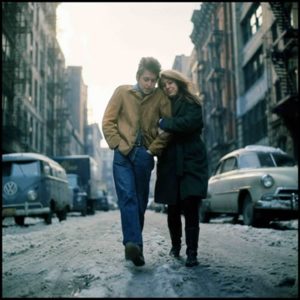
Bob Dylan trusted him. So did Glenn Gould. And Mohammad Ali. And Godard Lieberson, the label boss.
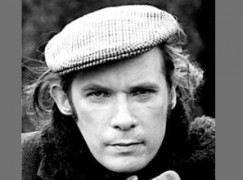
Don died at home on Saturday morning, aged 88, after a long illness.
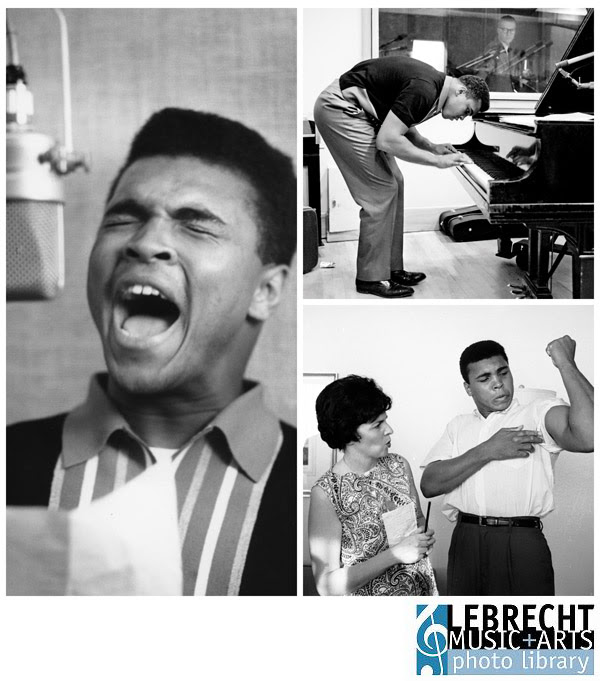
I got to know him when he gave his pictures for representation to Lebrecht Music&Arts and was struck by his profound humility. No matter how famous his pictures became, he was never the story.
It was always the art first, then the artist. Never the ego.
Our thoughts are with DeeAnn. May Don rest in peace.
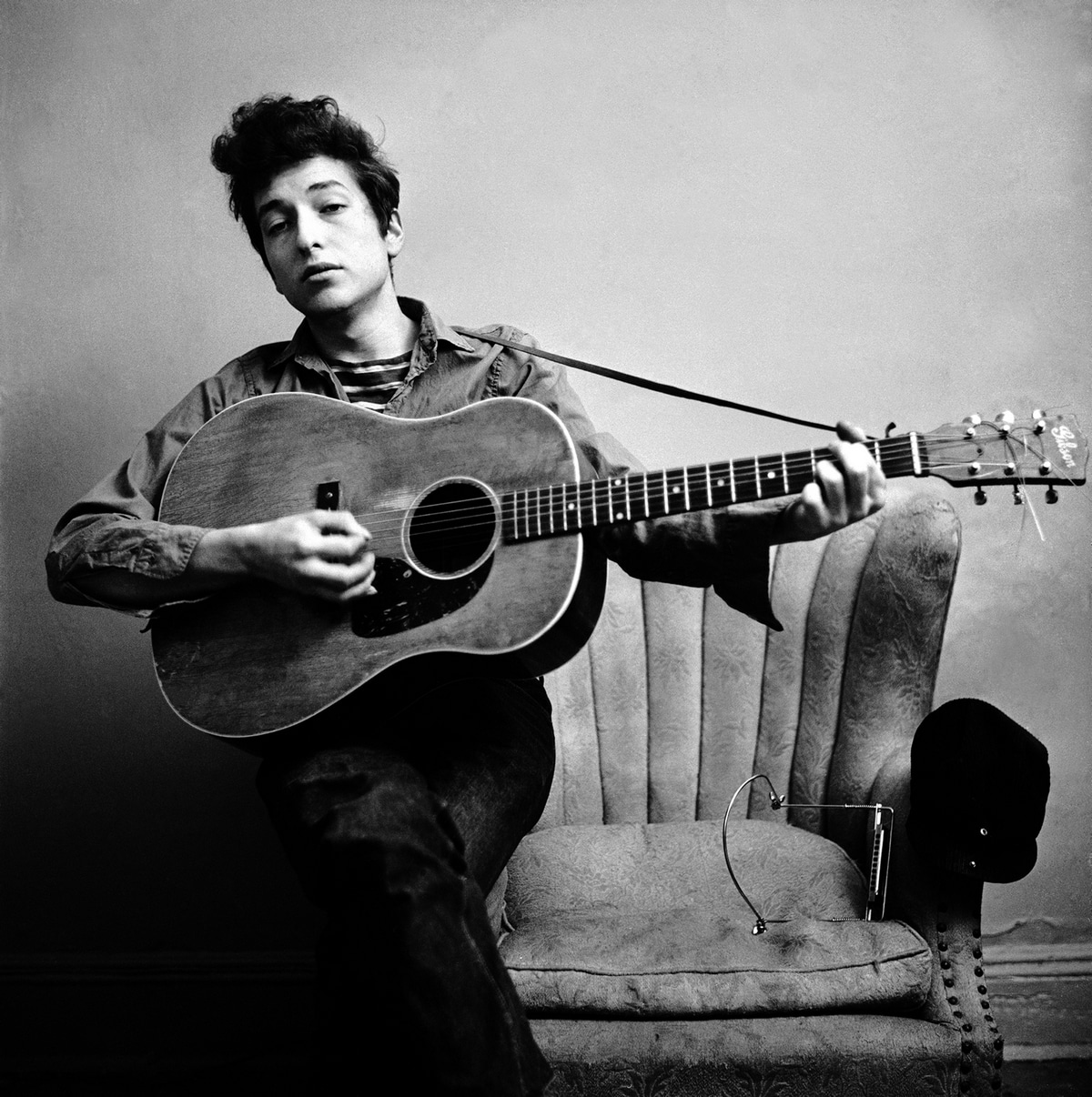
photos (c) Estate of Don Hunstein/Lebrecht Music&Arts
An account of his life can be read here.
The pianist has talked about a boyhood incident that made him change his faith and his outlook on life.
You can read the interview here.
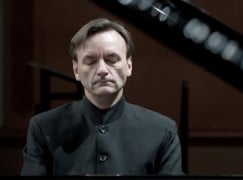
Sony have released the complete recordings made by Artur Schnabel for RCA during the second world war.
The Beethoven concertos 4&5 with the Chicago Symphony and Frederick Stock are well known and altogether indispensable, preferable in almost every respect to Schnabel’s 1930s LPO set for EMI with Malcolm Sargent.
Less well played are the sonatas opus 109 and 111, which Schabel refused to approve for release.
They were issued anyway on LP in 1976.
There are also four Schubert Impromptus which Schnabel refused to sign off and which have never been heard before.
Why the master-pianist withheld his approval we shall never know. There are some wrong notes, of course, but that never bothered Schnabel. These are outstanding documents of a formative artist at the peak of his powers. They display all the Schnabel hallmarks of extreme dynamic shifts, cascading trills and dashes of wry wit.
I have been listening obsessively for two days without discerning any possible reason that these recordings should have been condemned by an artist’s whim to a dark vault in New York.
Does anyone know what Schnabel’s objections were?
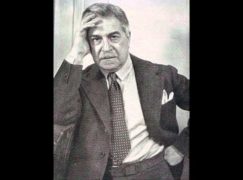
The production team behind OA’s celebrated outdoor Carmen has lashed out at the company for not inviting them back to supervise this week’s revival.
Director Gale Edwards, set designer Brian Thomson and costume designer Julie Lynch have issued the following statement:
It is beyond our comprehension how any professional company or artistic director would exclude the core creatives in such an important revival, especially when we have made multiple overtures to the Company offering our services to remount this much-acclaimed interpretation of CARMEN.
Therefore, we advise that we cannot guarantee the work’s integrity, or that the public will see the production as it was originally intended to be.
OA says: It is common practice around the globe that directors are very rarely engaged to remount their original productions, and even more rare for set or costume designers.
Who’s right?
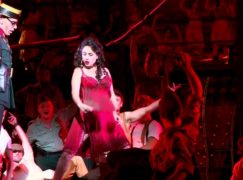
Both sides.
Jonathan Miller complained for years that ENO never asked him back for revivals. ENO said they could not afford it, even though Miller lives a short bus ride away (and has a senior bus pass).
Sydney, by dint of distance, might have to pay a fortune to reassemble the original production team. Still, they have a right to make sure their work is well presented.
No easy solution here.
A copy of two arias and a recitative from the St Matthew Passion, written out by Felix Mendelssohn soon after his restorative 1829 performance, has come up for sale in a Zurich auction next week.
They’re estimating $120,000-160,000.
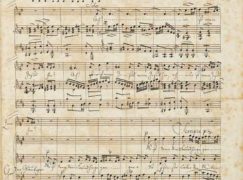
Sol Gabetta has cancelled a Basel concert in May, announcing that she is pregnant.
We wish her every happiness.
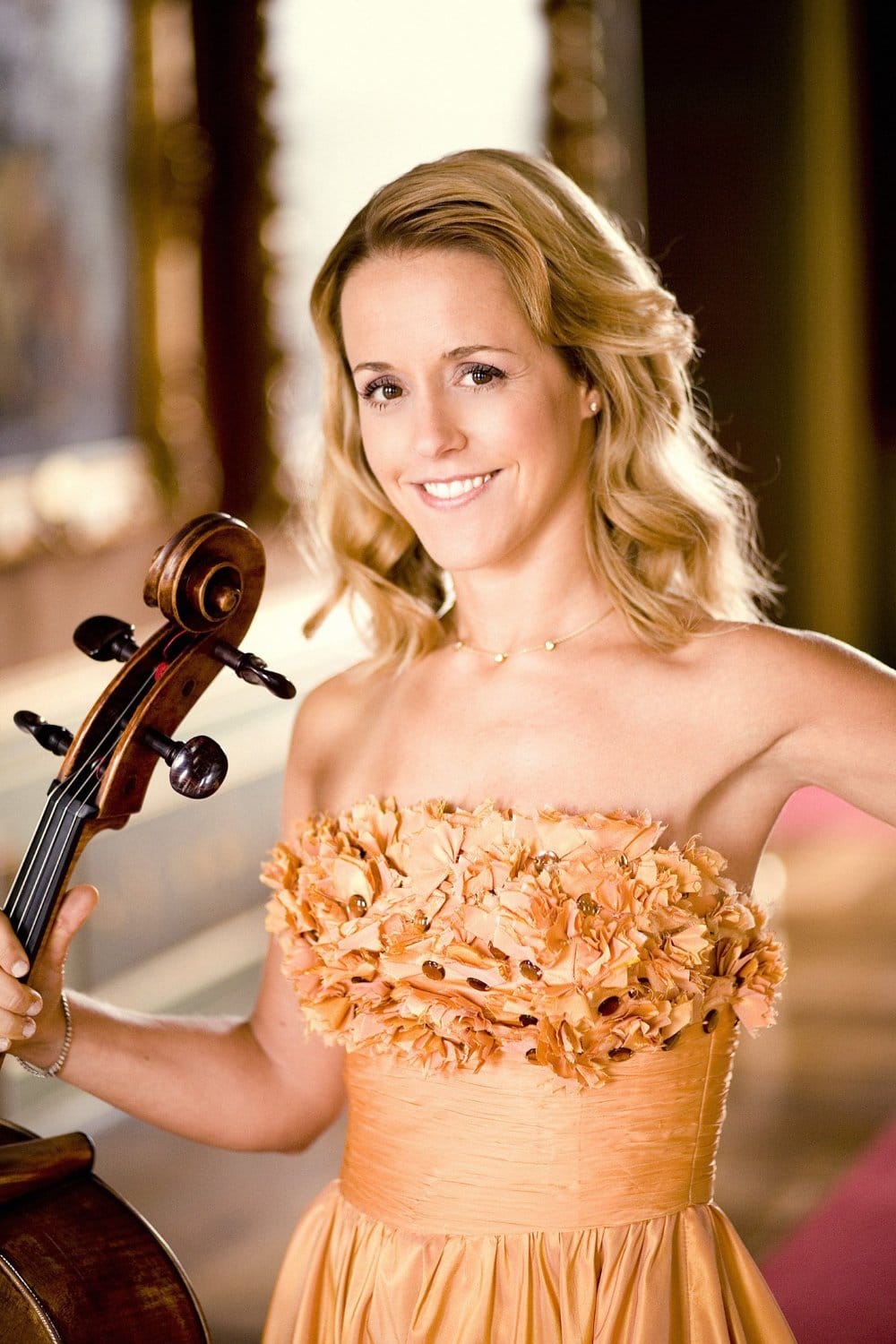
Our latest insider report on the plot to dispossess America’s foremost choral university:
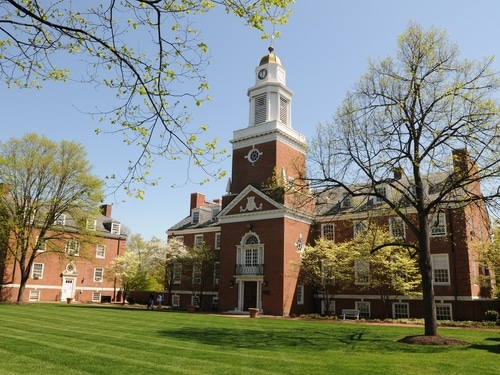
The board of trustees of Rider University will vote on whether or not to sell Westminster Choir College’s campus on the morning of Tuesday March 28th, 2017.
Rider University President Gregory Dell’omo is making a concerted effort to see that Westminster’s campus is sold. The Rider University AAUP chapter (the faculty union) will introduce a vote of “no confidence” in President Dell’omo and his administrative team at their April meeting. President Dell’omo’s wish to see Westminster’s campus sold has also been chided by former Governor of the State of New Jersey Thomas Kean.
At this juncture, our only hope is for the board of trustees to have the foresight and sense not to vote to sell the campus. They have been cautioned not to speak to anyone (including each other) about how they plan to vote, so as to give no early warning sign of what may happen at the vote on Tuesday.
But of the 27 voting members on the board of trustees, only four are Westminster Choir College graduates.
Rider University President Gregory Dell’omo has been quoted as saying that Westminster Choir College has a local/regional reputation at best. President of the United States Dwight D. Eisenhower thought otherwise in this 1956 message:
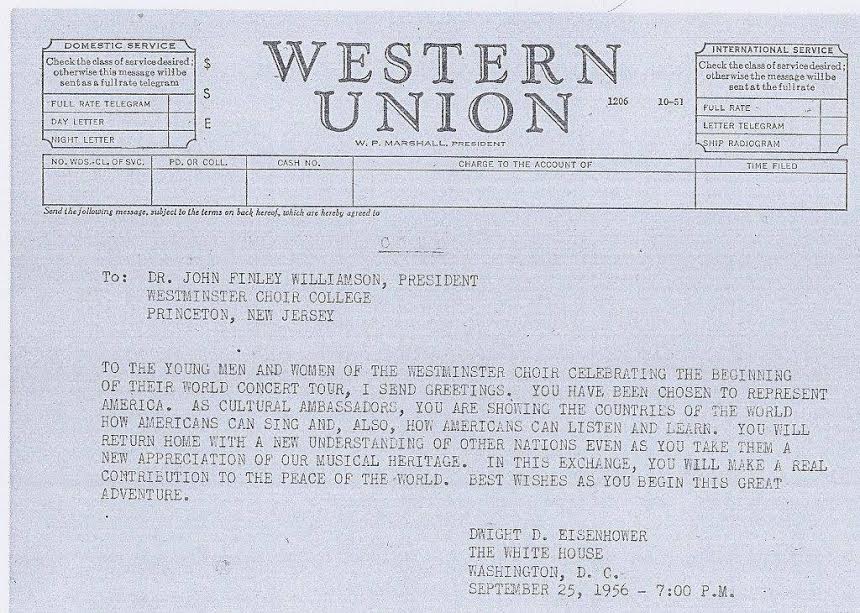
“To the young men and women of the Westminster Choir celebrating the beginning of their world concert tour, I send greetings. You have been chosen to represent America. As cultural ambassadors, you are showing the countries of the world how Americans can sing and, also, how Americans can listen and learn. You will return home with a new understanding of other nations even as you take them a new appreciation of our musical heritage. In this exchange, you will make a real contribution to the peace of the world. Best wishes as you begin this great adventure.” (copy of the telegram attached)